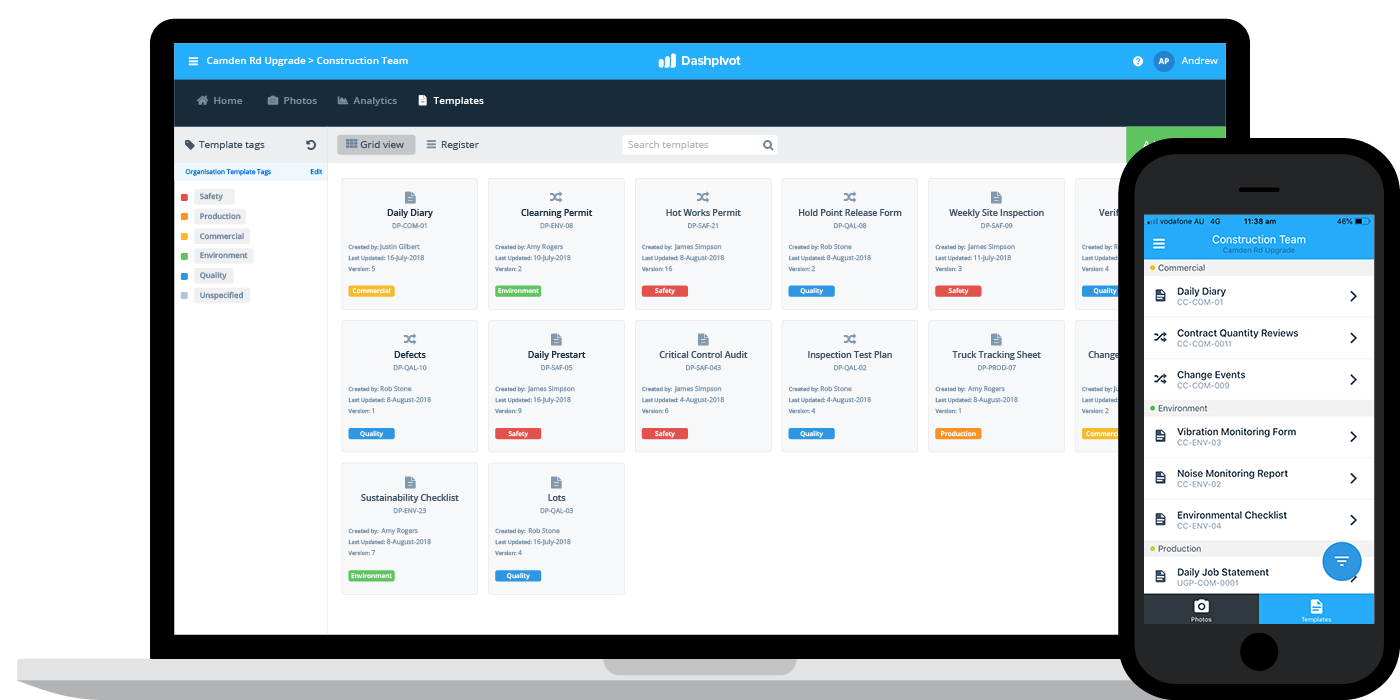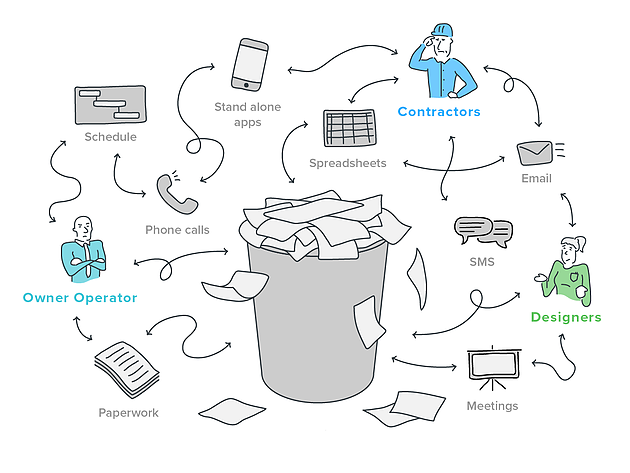Enhancing Process Effectiveness: Architect's Professional Techniques for Building Document Management
In the realm of building style and building, the thorough administration of documents stands as a foundation for job success. These techniques not only make certain smooth project development however additionally hold the essential to opening boosted efficiency and precision in the intricate realm of construction file monitoring.
Trick Paper Organization Methods
When handling construction records, among the essential methods that engineers utilize is establishing a systematic and effective organization system. This system commonly includes categorizing records based on their kind, such as illustrations, requirements, contracts, and allows. By creating distinctive and clear classifications, designers can swiftly situate certain details when required, conserving time and lessening mistakes in the building procedure.
Within each category, engineers additionally organize records by utilizing or creating subfolders numbering systems to denote alterations or variations (construction document management). This ordered structure ensures that one of the most existing and appropriate details is conveniently obtainable while maintaining a record of modifications made throughout the task timeline
Additionally, designers commonly make use of digital paper administration platforms that provide attributes like keyword search functions, variation control, and access limitations to boost company and partnership amongst project stakeholders. These devices enhance the record access procedure, advertise real-time updates, and assist in smooth interaction, ultimately adding to the general success of the construction task.
Collaborative Platform Integration
To enhance record management efficiency in building projects, designers flawlessly integrate collective systems to enhance interaction and enhance sychronisation among job stakeholders. By leveraging collective platforms such as project management software program, cloud-based storage systems, and interaction tools, designers can develop a centralized hub for all project-related records and communication networks. These systems enable staff member to gain access to, review, and work together on files in real-time, reducing delays and the threat of errors connected with conventional record monitoring approaches.
Collective system combination likewise promotes transparency and accountability within the project group, as all stakeholders have presence into the most up to date job updates and alterations. By systematizing communication and record sharing, engineers can ensure that all staff member are functioning from one of the most up-to-date details, lessening the chances of misunderstandings or problems occurring as a result of obsolete records.
Moreover, joint platforms make it possible for smooth collaboration between designers, contractors, clients, and other project stakeholders, promoting a much more natural and reliable job operations. By damaging down interaction obstacles and helping with info exchange, architects can drive productivity and innovation in building projects, eventually leading to successful project results.
Version Control Ideal Practices
Applying reliable version control techniques is crucial for keeping paper precision and consistency in construction jobs. By developing a clear system for taking care of alterations, project teams can make certain that everyone is working from one of the most updated documentation, lowering the threat of errors and inconsistencies throughout the building and construction stage.
One of the vital best techniques for variation control is to assign special identifiers to every file version. This can be achieved by utilizing a numbering system or day More about the author stamp that plainly shows the order of alterations. By plainly labeling each iteration, staff member can easily track the progression of the file and identify one of the most recent variation.

Automation Tools for Performance

Paper control software program, like Procore or PlanGrid, systematizes job documents, making it quickly available to all stakeholders. These platforms permit real-time partnership, version control, and automated backups, guarding against information loss. Additionally, Structure Details Modeling (BIM) software program automates the generation of building and construction drawings and ensures that modifications are synchronized throughout all related records.
Incorporating automation tools with cloud storage space services better improves ease of access and safety. By automating the paper monitoring process, project teams can concentrate their time and effort on value-adding tasks, inevitably improving productivity and job end results.
Secure Information Monitoring Solutions
Properly taking care of and securing task data is extremely important in the building industry to ensure confidentiality and stability throughout the task lifecycle. Architectural firms can use encrypted cloud storage space services to safely save and share project papers with accredited personnel.
Additionally, making use of electronic rights administration (DRM) devices includes an added layer of safety and security by stopping the unapproved circulation or duplication read what he said of project files. Routine information back-ups are necessary to alleviate the danger of information loss because of unexpected scenarios like equipment failures or cyber-attacks. Joint platforms with built-in safety attributes make it possible for smooth communication and file sharing among project staff member while maintaining data integrity.
Conclusion
Finally, executing essential file organization techniques, integrating collaborative platforms, practicing variation control ideal techniques, making use of automation devices, and embracing protected data management solutions are important techniques for enhancing workflow performance in building and construction record administration. These skilled techniques can improve processes, boost interaction, make sure accuracy, and maintain information protection throughout the building job lifecycle.
In the realm of building style and construction, the thorough administration of files stands as a cornerstone for task success. These approaches not only ensure smooth project development however also hold the crucial to unlocking enhanced performance and precision in the elaborate world of building document monitoring.
To enhance document monitoring efficiency in building and construction projects, engineers effortlessly integrate joint platforms to see here now improve interaction and enhance coordination amongst project stakeholders. These systems allow group participants to gain access to, testimonial, and work together on records in real-time, minimizing delays and the danger of errors connected with typical file monitoring methods.
Using automation devices in construction file monitoring considerably boosts efficiency and enhances procedures for job groups. construction document management.